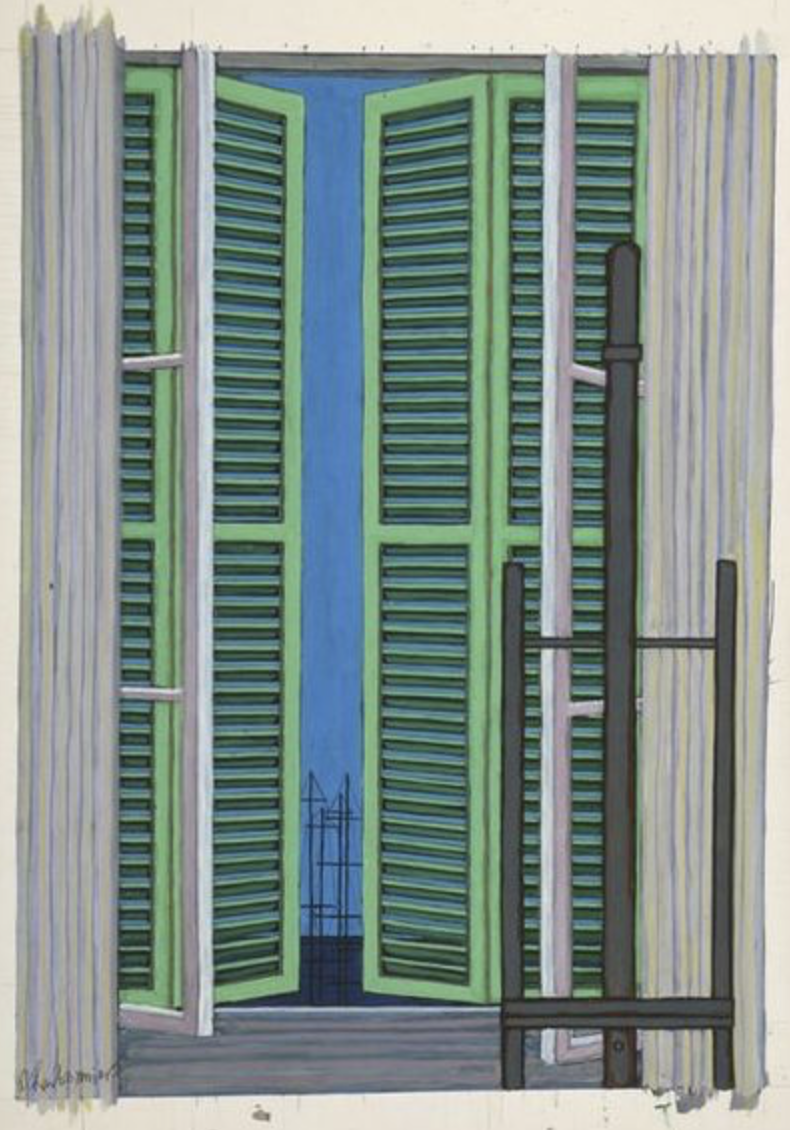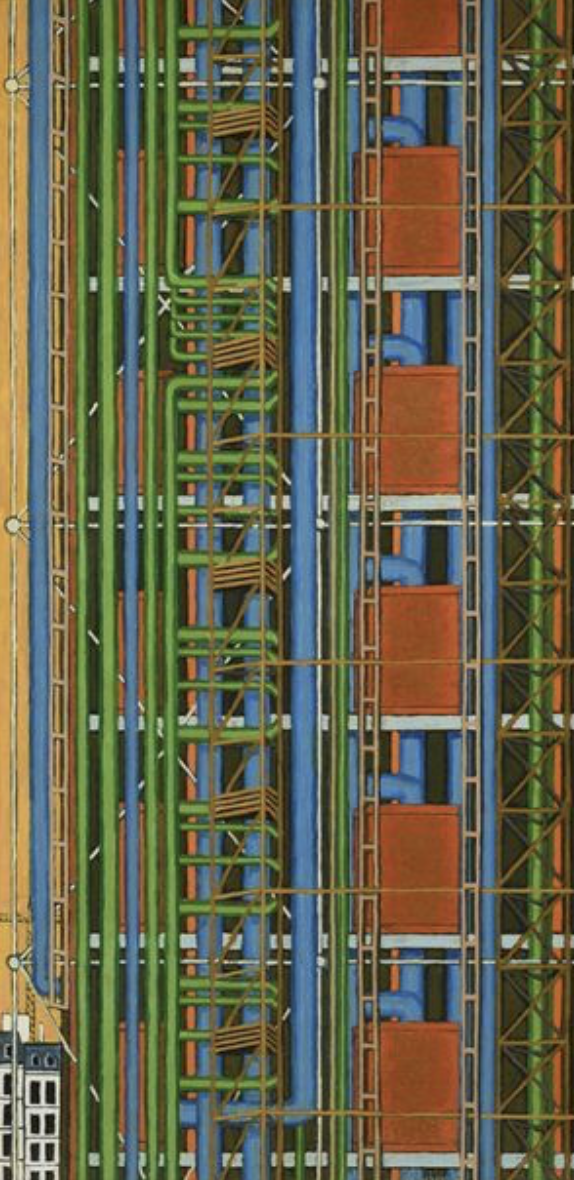Pierre CHARBONNIER (1897-1978)
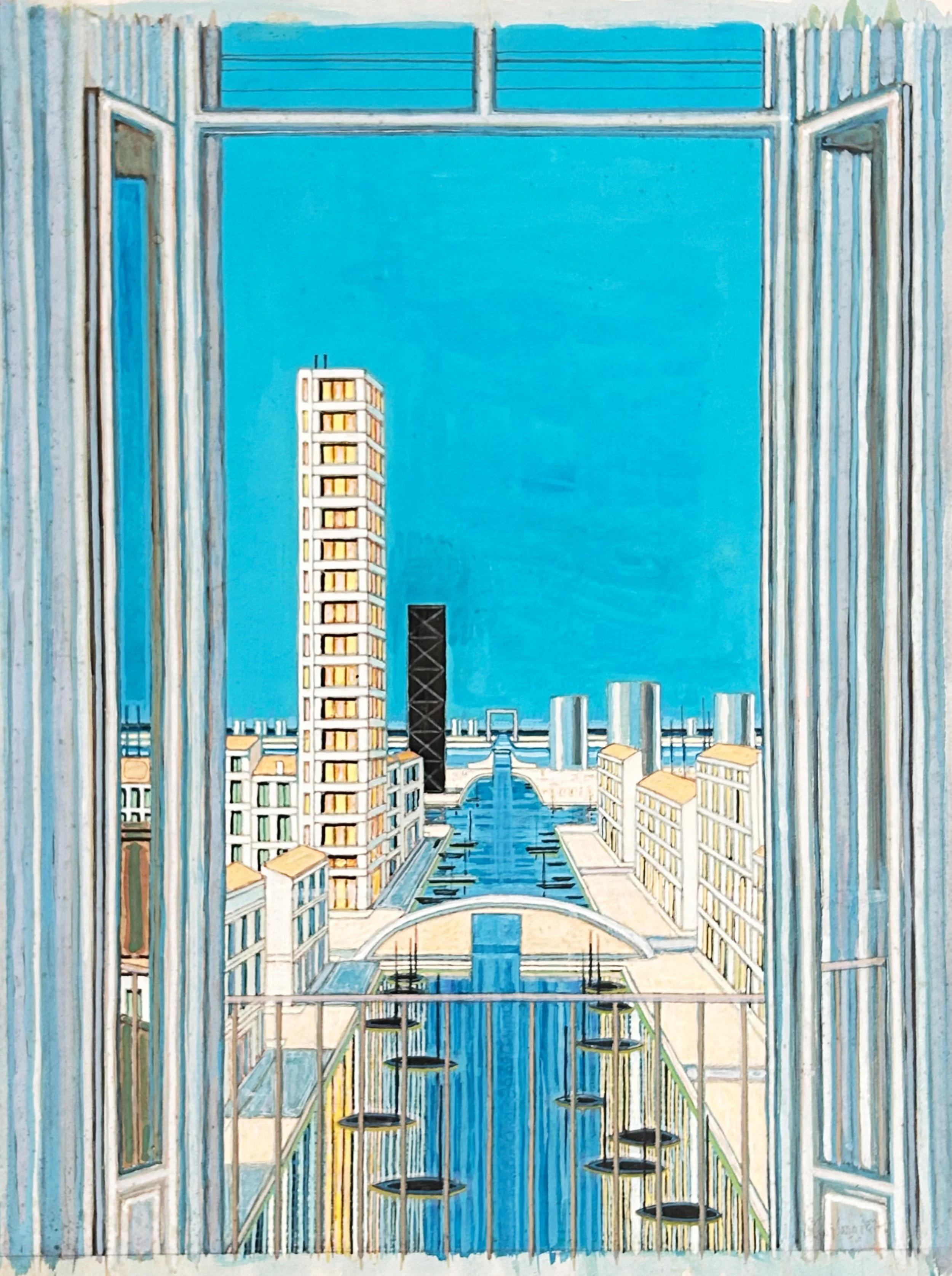
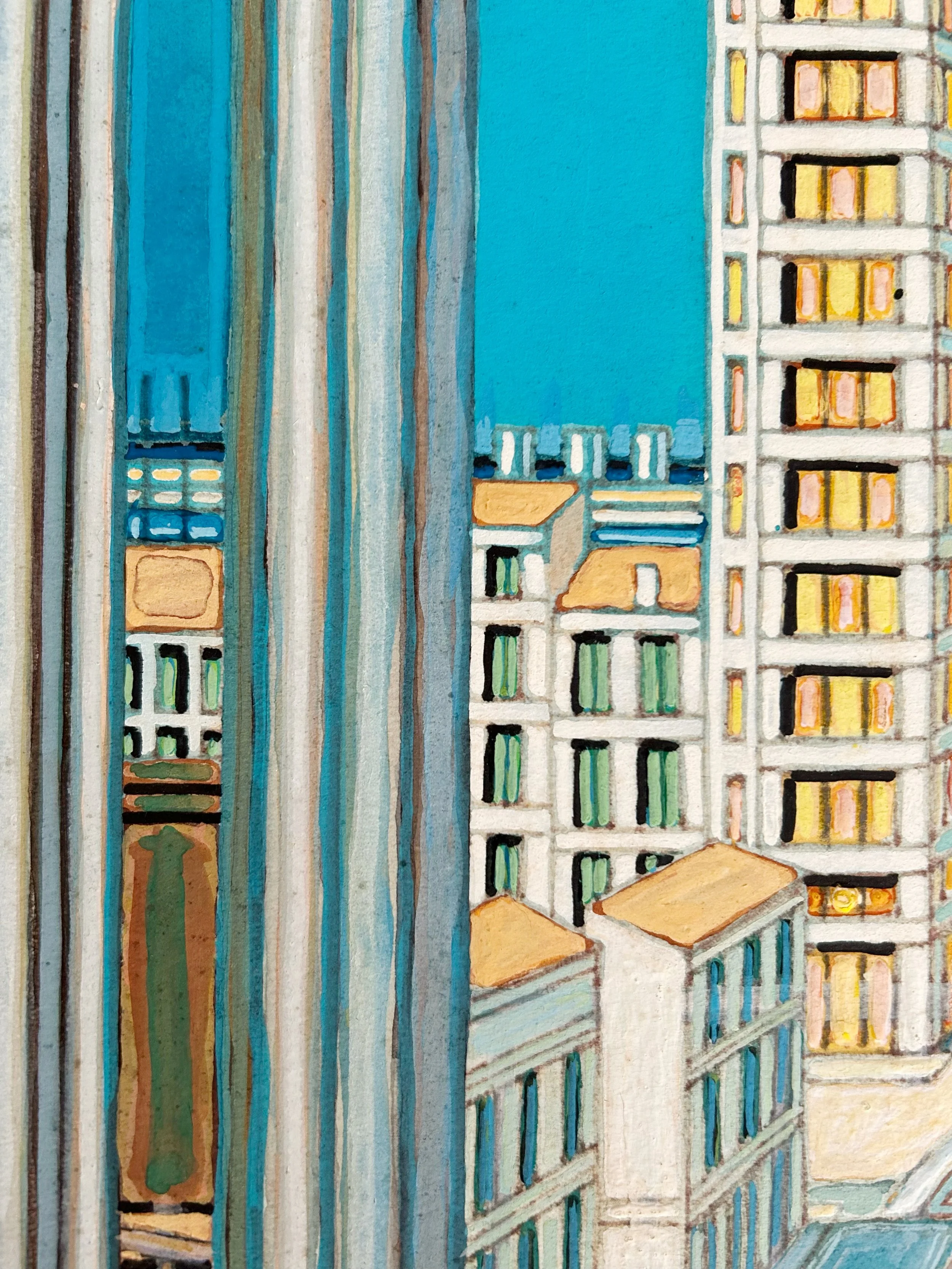
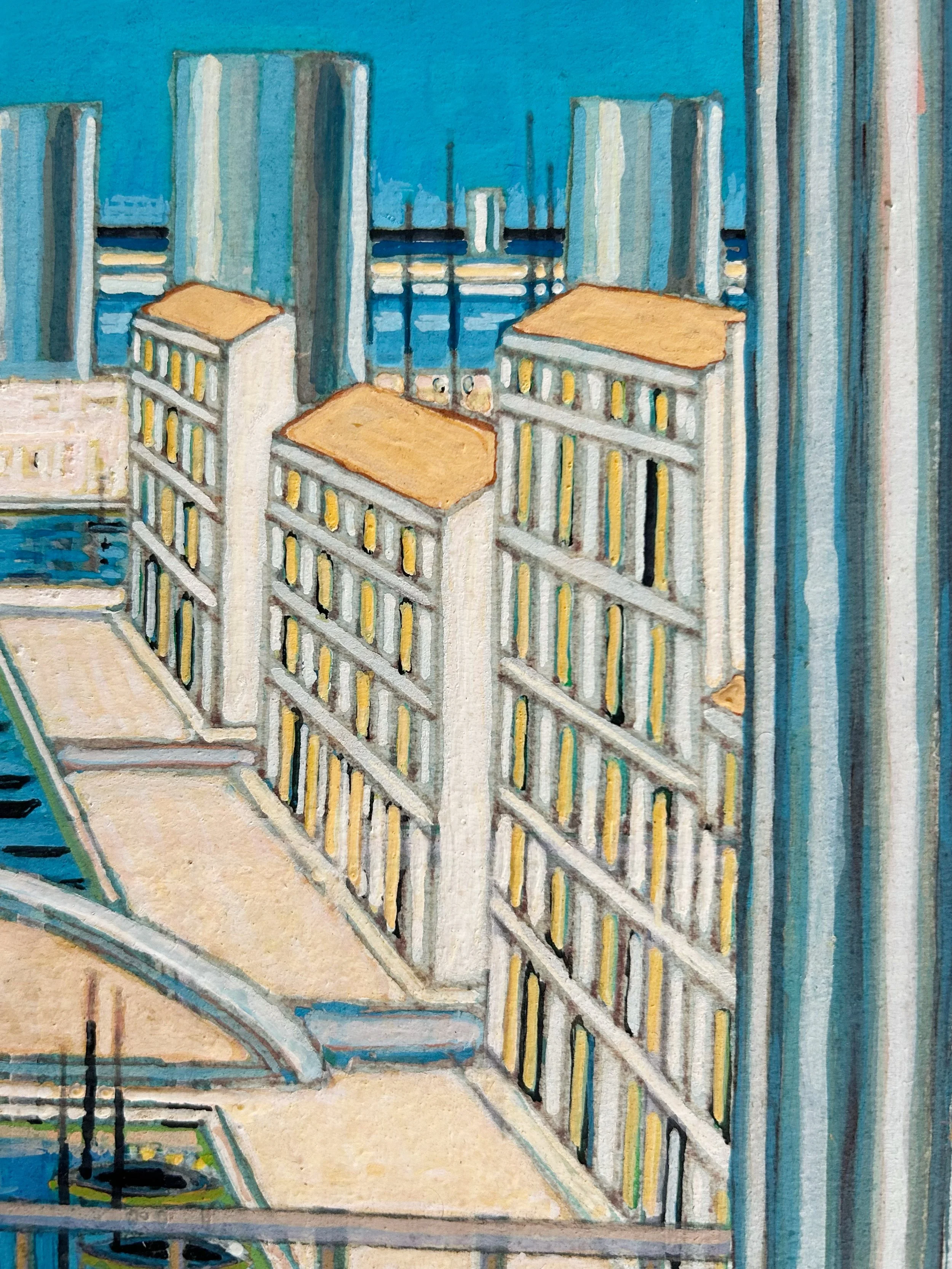
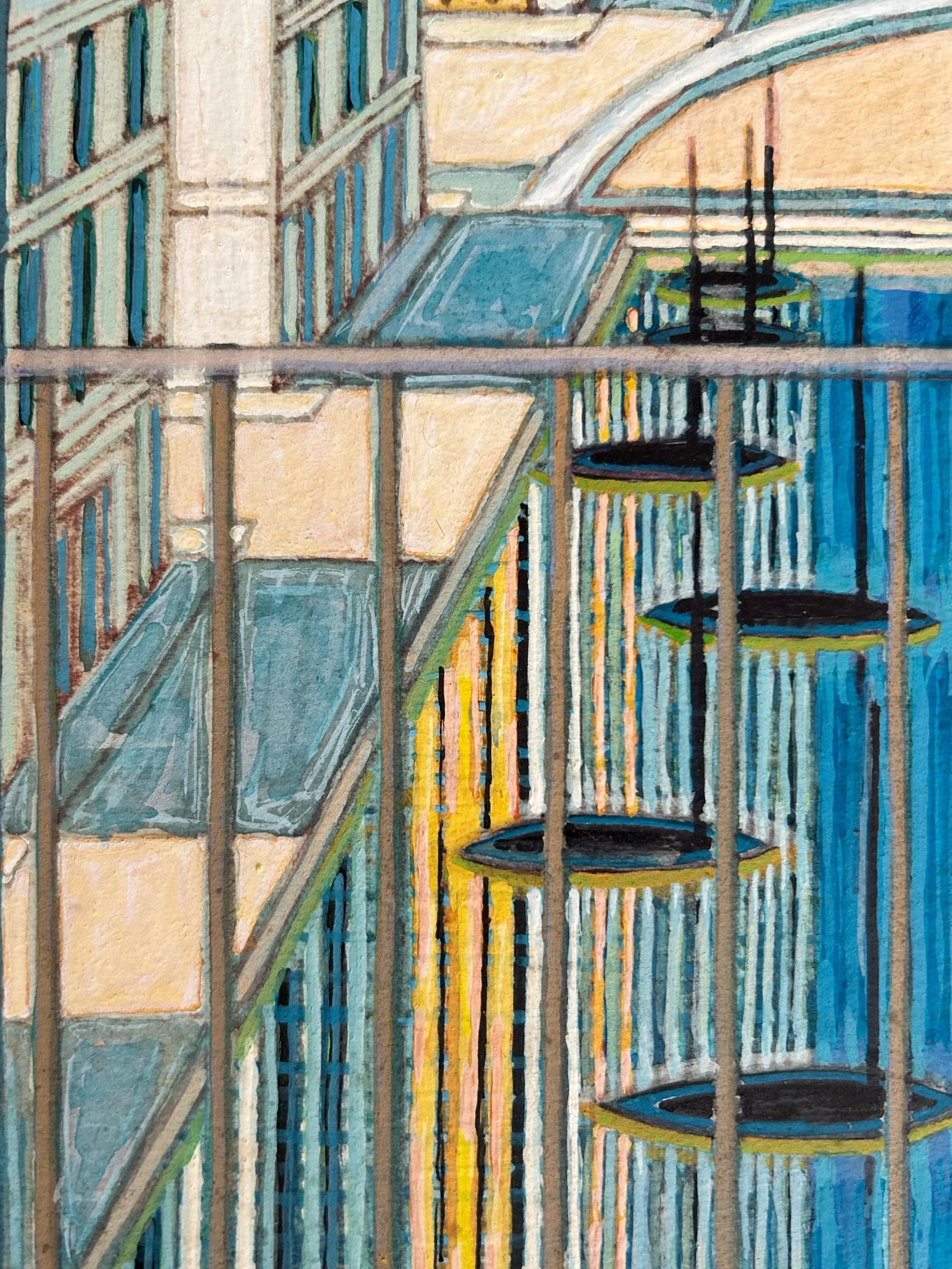
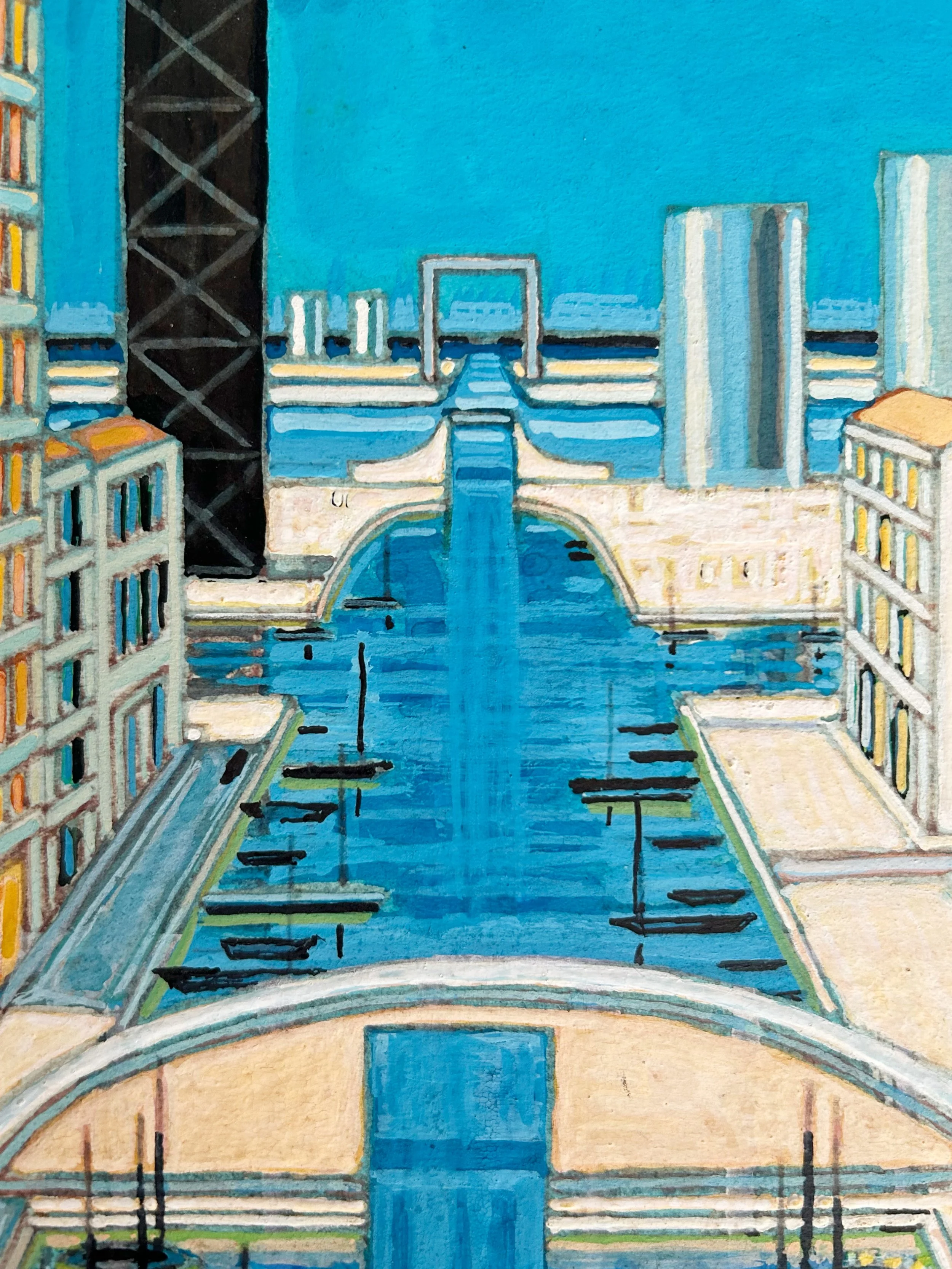
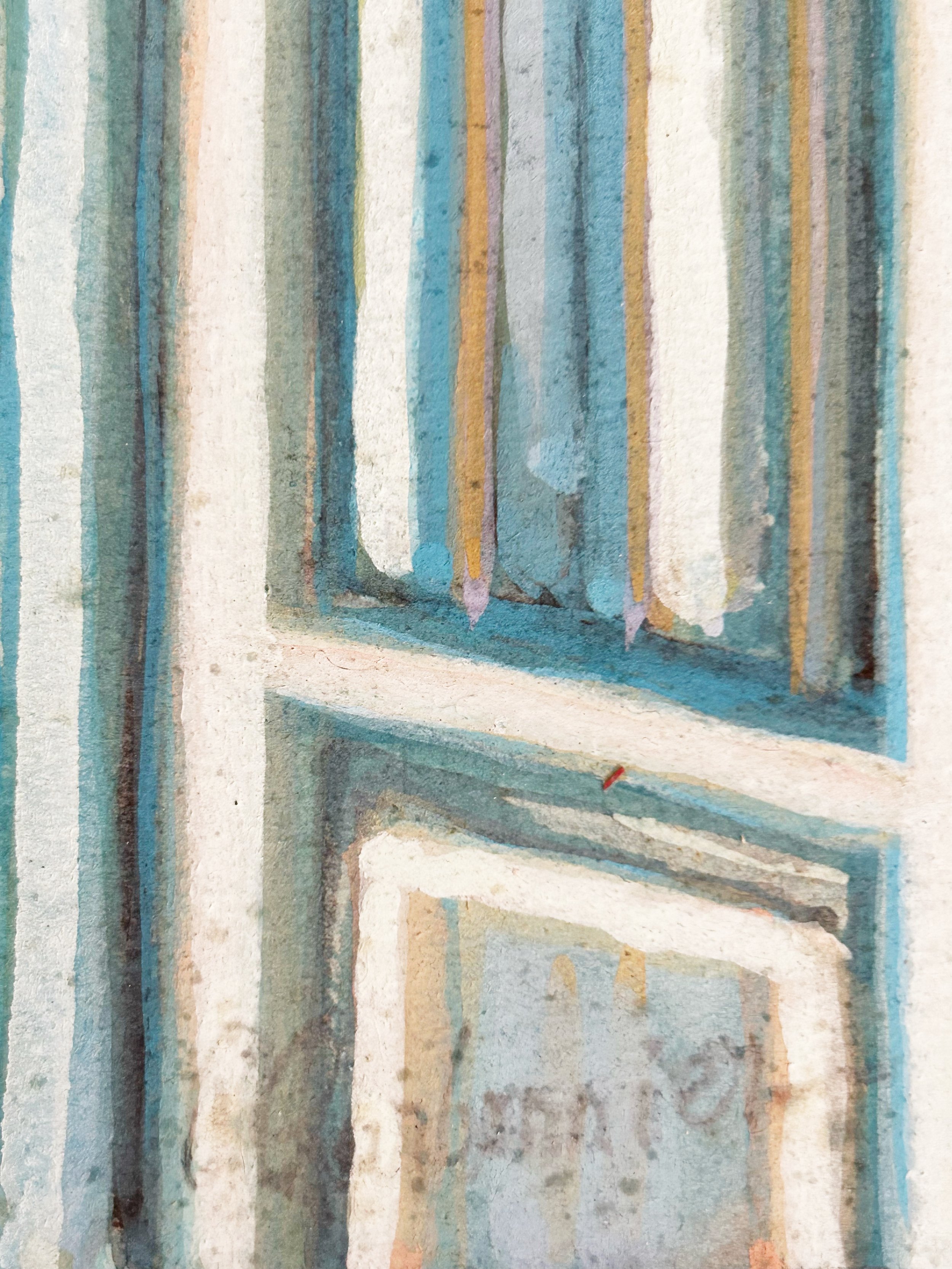
Pierre CHARBONNIER (1897-1978)
Fenêtre ouverte sur le port de Sète, circa 1970
Gouache, pierre noire sur papier cartonné
Signé “P. Charbonnier” en bas à droite
60 x 46 cm
-
Open window on the port of Sète, circa 1970
Gouache and black stone on card
Signed "P. Charbonnier" lower right
60 x 46 cm
Né en 1897 à Vienne (Isère), Pierre Charbonnier se prédestine très tôt à une carrière artistique. Il suit une première formation à l’École des beaux-arts de Lyon dès 1915 avant de s’installer à Paris où il intègre l’Académie Ranson. Il présente ses premières toiles au Salon des Indépendants, au Salon des Tuileries et au Salon d'Automne au début des années 1920. Actif dans le milieu du cinéma, il s’illustre par ailleurs en tant que décorateur, notamment pour le cinéaste Robert Bresson de 1934 à 1970, mais aussi en tant que réalisateur.
Le thème de l’eau est très présent dans l'œuvre de Pierre Charbonnier qui grandit au bord du Rhône. Vivant entre Paris et la Drôme, Pierre Charbonnier peint de nombreuses vues urbaines épurées dans un souci permanent du cadrage qui témoigne d’un œil sensible aux prises de vues photographiques et cinématographiques. Celles-ci laissent parfois apparaître le cadre d’une fenêtre (ill.1) ouvrant sur une grande perspective. Ses compositions sont souvent très géométriques et mettent en scène des éléments urbains dans une ambiance statique. Elles sont rythmées par de grandes lignes, tantôt horizontales, tantôt verticales, créant de grands vides.
Au lendemain de la Seconde Guerre mondiale, ses œuvres illustrent de façon faussement naïve l’envahissement de l’espace urbain par des constructions en béton sur lesquelles il pose un regard angélique. L’artiste représente la ville moderne en pleine transformation, la ville des usines et des bâtiments intégrant des infrastructures métalliques et autres cheminées longilignes et matériaux techniques tel que le Centre Pompidou inauguré en 1977 (ill.2).
La plupart du temps inanimés, les paysages de Pierre Charbonnier faits de couleurs pures et intenses expriment la poésie du monde moderne d’après-guerre. Nous pouvons identifier ici le port de Sète vu depuis une fenêtre ouverte et représenté de façon très stylisé dans une palette réduite au bleu, au noir et au jaune orangé.
ill.1 Pierre Charbonnier, Les Volets verts, Aquarelle, coll. part./ ill.2 Pierre Charbonnier, Centre Pompidou, 1977, huile sur toile, coll. part.
Born in 1897 in Vienne (Isère), Pierre Charbonnier was predestined for an artistic career from an early age. He began his training at the École des Beaux-Arts in Lyon in 1915, before moving to Paris, where he enrolled at the Académie Ranson. He exhibited his first paintings at the Salon des Indépendants, the Salon des Tuileries and the Salon d'Automne in the early 1920s. Active in the film world, he also made a name for himself as a set designer, notably for the filmmaker Robert Bresson from 1934 to 1970, and as a director.
The theme of water is very present in the work of Pierre Charbonnier, who grew up on the banks of the Rhône. Living between Paris and the Drôme, Pierre Charbonnier paints many uncluttered urban views with a constant concern for framing, reflecting a sensitive eye for photographic and cinematographic shots. These sometimes reveal the frame of a window opening onto a large perspective. His compositions are often highly geometric, featuring urban elements in a static atmosphere. They are punctuated by large lines, sometimes horizontal, sometimes vertical, creating large voids.
In the aftermath of the Second World War, his works illustrate in a falsely naive way the invasion of urban space by concrete constructions, which he views with an angelic gaze. The artist depicts the modern city in the throes of transformation, the city of factories and buildings incorporating metal infrastructures, long chimneys and technical materials, such as the Centre Pompidou inaugurated in 1977 (ill.2).
Mostly inanimate, Pierre Charbonnier's landscapes of pure, intense color express the poetry of the modern post-war world. Here, we can identify the port of Sète seen from an open window, stylized in a palette reduced to blue, black and orange-yellow.

